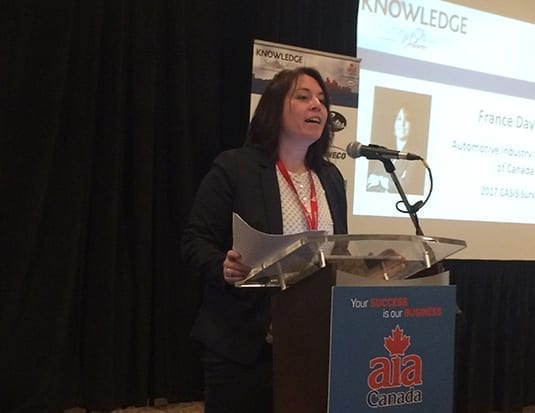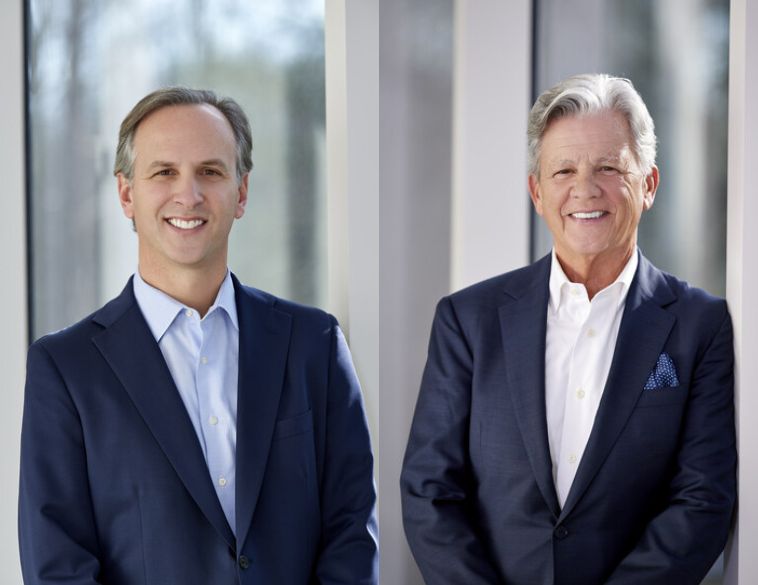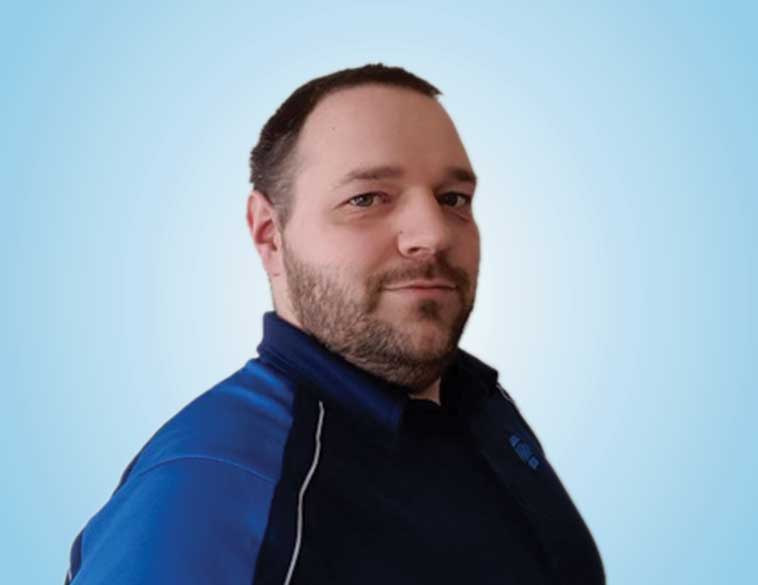This years’ AIA Knowledge Exchange meeting focused on changes and disruptors that are impacting the automotive aftermarket and discussed how shops could prepare for the future.
“The title of our discussion is a reflection of the fact that we are getting serious,” explained Daviault, Vice President, AIA Canada. “There is no time to waste to mobilize as an industry. The time is now.”
To delve into this situation, the AIA hired an independent company to ask shop owners what their understanding of “Right to Repair” was and what it meant to them. They received 1,000 responses from shops across the country with the majority coming from Ontario.
“When shops were asked if they used the opportunities that Right to Repair gave them – access to OEM repair sites, 41 percent of respondents stated they do access manufacturer websites,” said Daviault. “That means 59 percent of respondents do not access manufacturer websites. These shops claim they use third-party sites like Identafix, ALLDATA, and Mitchell for their data needs.”
When asked if they re-program or re-flash vehicles, 52 percent of respondents said they don’t do vehicle re-programming or re-flashing. Respondents said their solution was to have the customer’s vehicle serviced at a dealership on behalf of their client.
“We have to start asking questions and taking that apart,” continued Daviault. “Why are 59 percent not going to manufacturer websites and why are 52 percent of shops not even attempting to re-flash or re-program customer vehicles?”
“Is it complacency or they just can’t be bothered, or is it more than that? What is driving that decision?”
Daviault outlined the most common reasons shops aren’t attempting to do this:
- Cost of website subscriptions
- Cost of scan tools
- Cost of training technicians
- Not all information is available anyways
- No troubleshooting support — what happens if you are in the middle of a re-programming and something goes wrong? Who do you call?
“We need to figure out how to bridge the gap between the intent of the CASIS or Right to Repair agreement, and the reality on the ground,” said Daviault. “We need to create a process or a place for tracking the specific gaps in technical information and establish a central point within the aftermarket for bringing those gaps to the attention of the automakers for a quick resolution.”
Some shop owners suggest creating a centralized place to troubleshoot any programming glitches in real time with people who have the required experience and knowledge. They suggest mobilizing the aftermarket at the grass-roots, so everyone is on the same page as it relates to the specific repair information gaps and challenges.
“Shops owners clearly see that they cannot undertake these challenges alone and we all have a responsibility to move this forward,” said Daviault.
Ben Lalonde, Owner of Orleans Autopro, and ASP Council Chair, addressed attendees and outlined the purpose of ASP, and asked that shops reach out and let the committee know of their concerns so that they can be addressed.
“We are here to make a difference and guarantee our future in this business. We are here to be your voice,” said Lalonde. ASP can be reached at [email protected].
Michel, Julien is the owner of Team Xtreme and has been a mechanic for 26 years specializing in diagnostics, electronics, and automotive updating. He spoke to attendees and challenged them to re-think their shop business model.
Julien started a support system for mechanics and shops in 2011. Team Xtreme Tech aims to find the best tools and equipment for specialized workshops to train today’s technicians.
“We train and connect shops across the country, so they can help each other learn in a profession that is constantly changing,” explained Julien.
“I believe that less than 10 percent of shops are properly equipped to do re-programming and of those, only 4 percent are equipped to service three or more brands. So, in reality, less than one percent of shops are doing regular reprogramming and re-flashing updates,” said Julien.
“We always wait for the vehicle to have a problem before looking for an update. Dealerships are equipped to do reprogramming, and they check for updates every time a vehicle comes into the shop. We have to be comfortable with updating car software just like we do with our phones and laptops,” explained Julien.
“Why is it that less than 10 percent of shops do updates? They do not have the equipment, the training or the money to invest in the equipment plus they need the services of an IT specialist to manage all the different software that the automakers use,” said Julien.
FCA, for example, uses JAVA 8.121 and GM uses JAVA 8.045. You can use the same pc, but you need to partition the hard drive and set up different versions of software for each manufacturer. “Independent shops need IT support just like dealerships have,” adds Julien.
Andrew King, Managing Partner and Co-owner of DesRosiers Automotive Consultants, explained that car sales would continue to be strong for the next five years, hovering close to the 2-million car level which Canada saw for the first time in 2017. This strong auto sales market bodes well for the aftermarket as does the fact that these better-built vehicles are lasting on average about 23 years. “Due to record sales and vehicle longevity, aftermarket shops will see a strong market over the next several years,” said King.
To conclude the meeting, Ben Lalonde chaired an ASP speakers panel made up of Josie Candito, Master Mechanic High Park; Emily Chung, AutoNiche; Rudy Graf, Graf Auto Centre and AARO President, and Mike Adema, Jakes AutoService. The theme of the discussion was “What keeps you awake at night?”
The discussion covered telematics, hiring challenges, millennials as employees, and they looked at several approaches to effectively market your shop.



